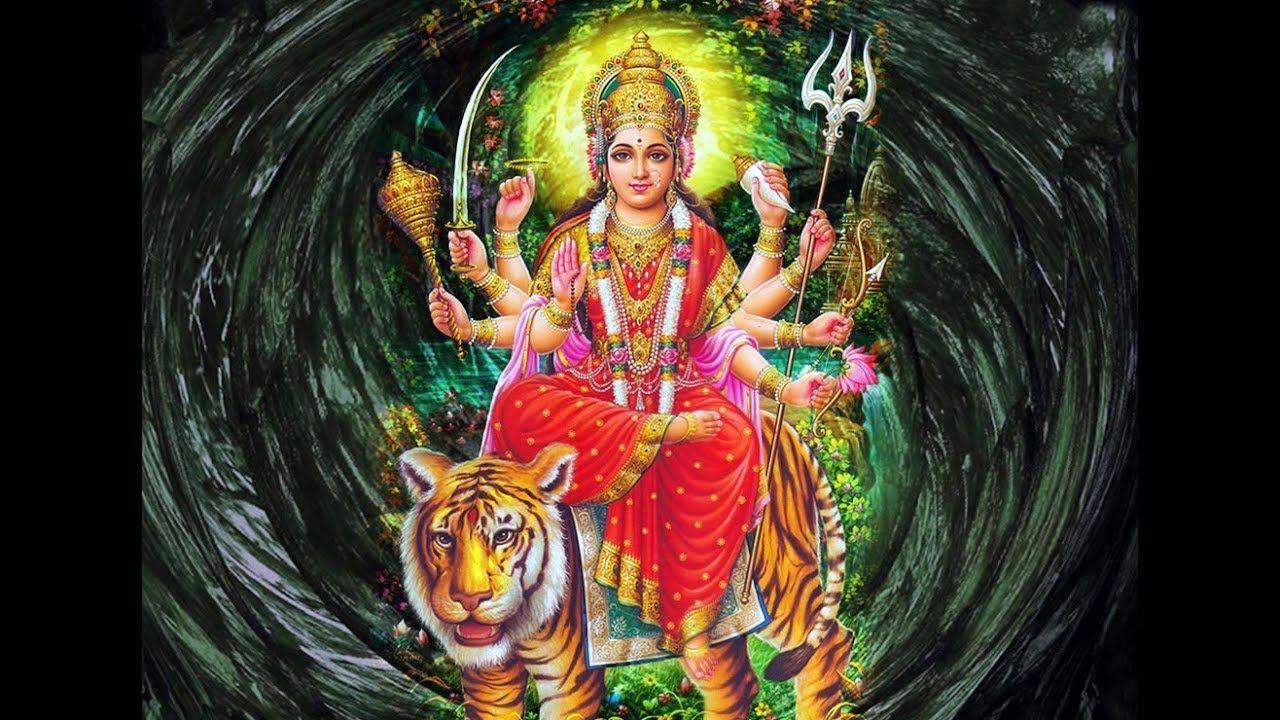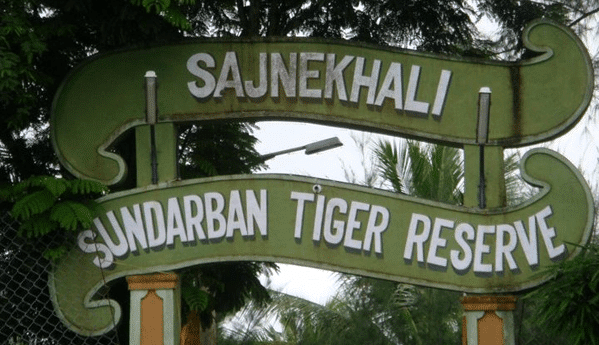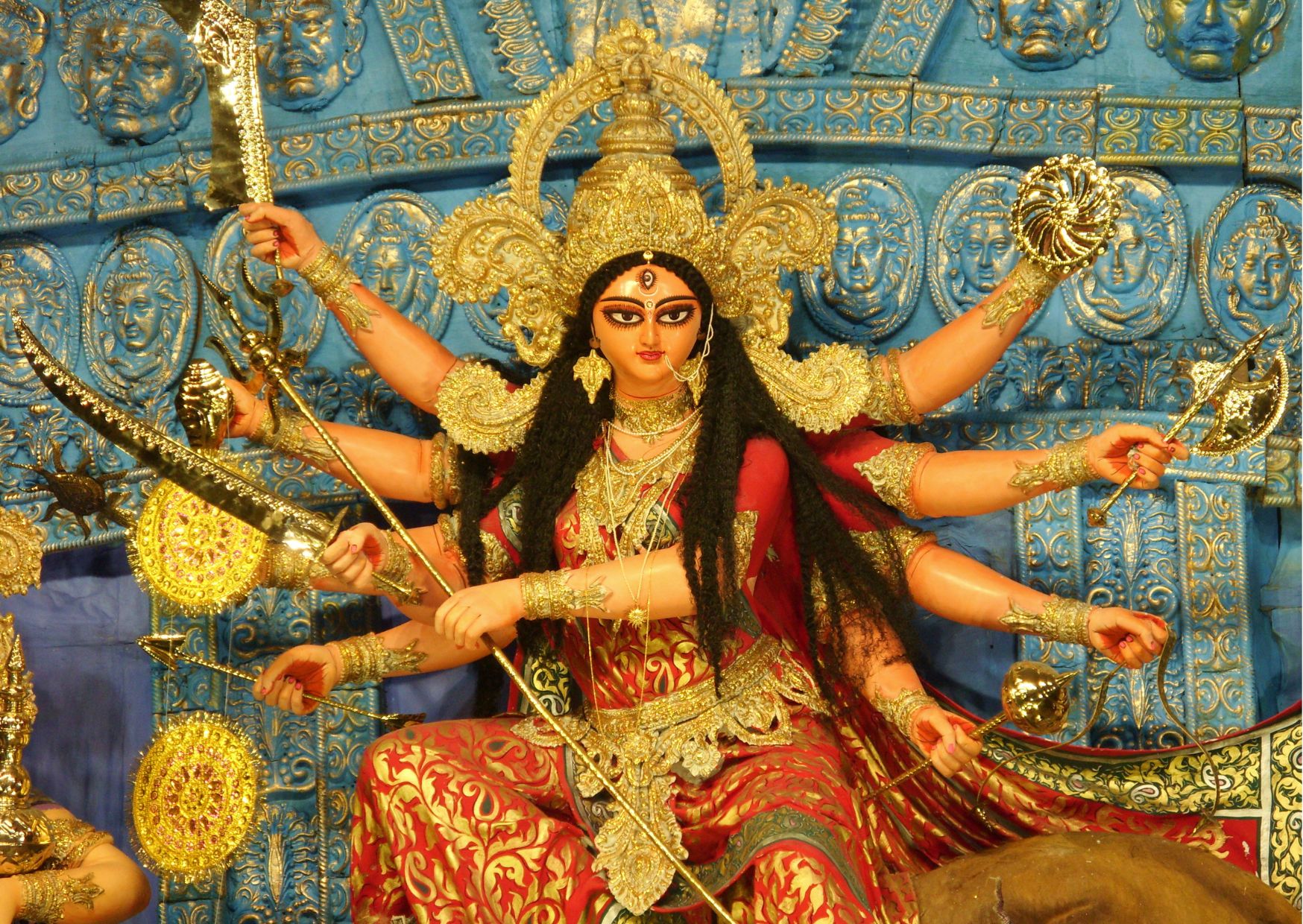International Tigers Day: exploring the major tiger reserves of India
Majestic and lethal at the same time, Tigers are among the most graceful carnivores of the Indian fauna.
🐅 Over the ages, it has served as a symbol of grace, strength, agility, and enormous power, and has been associated with bravery and valour. This combination has earned the tiger its pride of place as the national animal of India. 🐅
Relevance of tiger in Indian culture:

India’s association with the tiger dates back to the 25th century BCE when it was carved on the Pashupati seal of the Indus Valley Civilization. As seen in seals engraved on Mohenjodaro, Shiva, the Hindu God, always had a tiger beside him. In medieval history, it was the royal symbol of the Chola Empire (300CE-1279CE). Sacred Hindu scriptures also attribute a special place to the tiger, which serves as the vehicle of the goddess Durga. In the modern world, it has been featured in Indian currency notes as well as postage stamps.
Tiger Reserves in India:
Despite tigers' abundance throughout Southeast Asia and China, India remains the most prolific home of these magnificent animals, boasting the highest number of tigers. The thrill of spotting one of these rare and elusive predators in their natural habitat is simply unmatched, without which a visit to India is incomplete. Here we present you with 5 tiger reserves in India for your daring jungle expedition so that you can sense the goosebumps when the big cat comes around your jungle safari jeep:
Bandhavgarh National Park, Madhya Pradesh

This popular Tiger Reserve situated in the Vindhya Hills of Madhya Pradesh's Umaria district has the highest population of tigers in India. The area is also home to leopard, jackal, deer, rhesus monkey, hyena, and 22 more, including rare species of migratory birds making it a paradise for wildlife photographers. The park is divided into three primary zones: Tala, Magdi, and Bamera. There is a high chance of spotting tigers in Tala, making it the most popular spot for tourists. Though it is open for visitors from October to June, the best time to visit this Tiger reserve is from November to February. Well-connected via air and railway, Bandhavgarh national Park deserves to be visited for a rich biodiversity experience.
Ranthambore National Park, Rajasthan

Ever heard of the most photographed tiger in the world, Machhali? Ranthambore was home to this world-famous tiger queen for good 19 years. Located between the Aravalli and Vindhyanchal ranges in the Sawai Madhopur district of Rajasthan, this majestic tiger reserve is a picture of natural beauty. Leopards, crocodiles, sloth bears, jackals, Indian foxes, hyenas, and a variety of bird species can also be seen in this adventurous jungle. The park is a dwell of multiple lakes, old forts, and one of India’s largest Banyan trees. For amazing glimpses of tigers, the park offers jeep and canter safaris. Those interested in wildlife, nature photography, or even history can enjoy Ranthambore. Well-connected to major cities of the country, the park is open for tourists from October to June.
Jim Corbett National Park, Uttarakhand

Jim Corbett, a picturesque national park nestled in the foothills of Himalaya in the Nainital district of Uttarakhand, is entitled the ‘first National Park of India’. The Park, renowned for tigers, majestic leopards, and elephants, is also the adobe of many rare species of mammals, birds, and reptiles. The park's panoramic biodiversity is primarily due to the abundance of hills, river belts, muddy depressions, grasslands, and a large lake. If you are seeking to experience living in the jungle, Jim Corbett provides accommodation inside the park with prior booking. Due to its temperate climate, Jim Corbett National Park can be visited all year round, however, the best time to visit is between November and February, when all the zones are open, and most wildlife can be seen.
Tadoba Andhari National Park, Maharashtra

Notably Maharashtra's oldest and largest National Park, the Tadoba Andhari Tiger Reserve is located in the Chandrapur district of Maharashtra. The park is also called the ‘Jewel of Vidarbha’. The national park has a tiger reserve that houses many tigers. It is also home to panthers, jackals, wild dogs, hyenas, bison, and deer. Diverse flora and fauna, dense forests, grasslands, and sprawling valley are its major attractions, ensuring an unmatched wildlife experience. The reserve is divided into three zones: Moharli, Tadoba, and Kolsa. The Moharli zone is known for the best tiger spotting. Easily accessible from major cities of the country, it is open from December to May.
Sundarbans National Park, West Bengal

Home of the Royal Bengal Tiger, Sundarbans is listed in UNESCO’s world heritage site list with the world’s largest delta having dense mangrove forests. The reserve is a heaven of wonderful rivers like Muriganga, and Saptamukhi making it accessible by motorboat rides. It is the only mangrove forest in the world that is the home of the Tigers. You can explore the other wildlife of Sundarbans that beholds Jungle Cats, Fishing Cats, Axis Deer, Wild Boar, Rhesus Monkeys, Olive Ridley Sea turtle, Pythons, King Cobra, Chequered Kill back, Salvatore Lizards and the largest Estuarine Crocodiles in the world. The best time to visit here is from September to May.
Besides the above stated national Parks, other major Tiger Reserves include Sariska Tiger Reserve (Rajasthan), Panna National Park (Madhya Pradesh), Periyar Tiger Reserve (Kerala), Bandipur National Park (Karnataka), Nagarhole National Park (Karnataka), Pench National Park (Madhya Pradesh), and Annamalai Tiger Reserve, Tamil Nadu.
The National Parks offer an unrivalled experience because even being so close to nature in their wilderness, you achieve a deep sense of peace and tranquillity. It is so humbling to realize you are but one of the many creatures created by the creator. So, don’t wait! Plan a trip soon!
Conservation of tigers in India:🐯
The poaching of tigers and the hunting of them have always been considered royal activities, despite the fact they are inhumane. This royal hobby brought the world to the point where tigers were going extinct rapidly with time. In 1973, India launched Project Tiger, an unprecedented initiative to save its national symbol from extinction, with only about 1,700 Bengal tigers alive in the country at that time. The Indian government banned tiger hunting for a time in 1972, and Project Tiger was created to protect tiger habitats and create special tiger reserves. There are 53 such reserves today in India, carved around existing national parks and wildlife sanctuaries. India's tiger counts, conducted every four years, play an important role in its conservation efforts. These efforts paid off and India is now home to nearly 3,000 tigers according to the latest tiger census. Tiger is the national animal of India, hence, the national pride too. Remember, these big cats are everyone’s wealth but no one’s possession!
(all images from the net)
🐅 🐯 🐅 🐯 🐅 🐯🐅 🐯 🐅 🐯 🐅 🐅 🐯 🐅 🐯 🐅 🐯🐅 🐯 🐅 🐯 🐅



